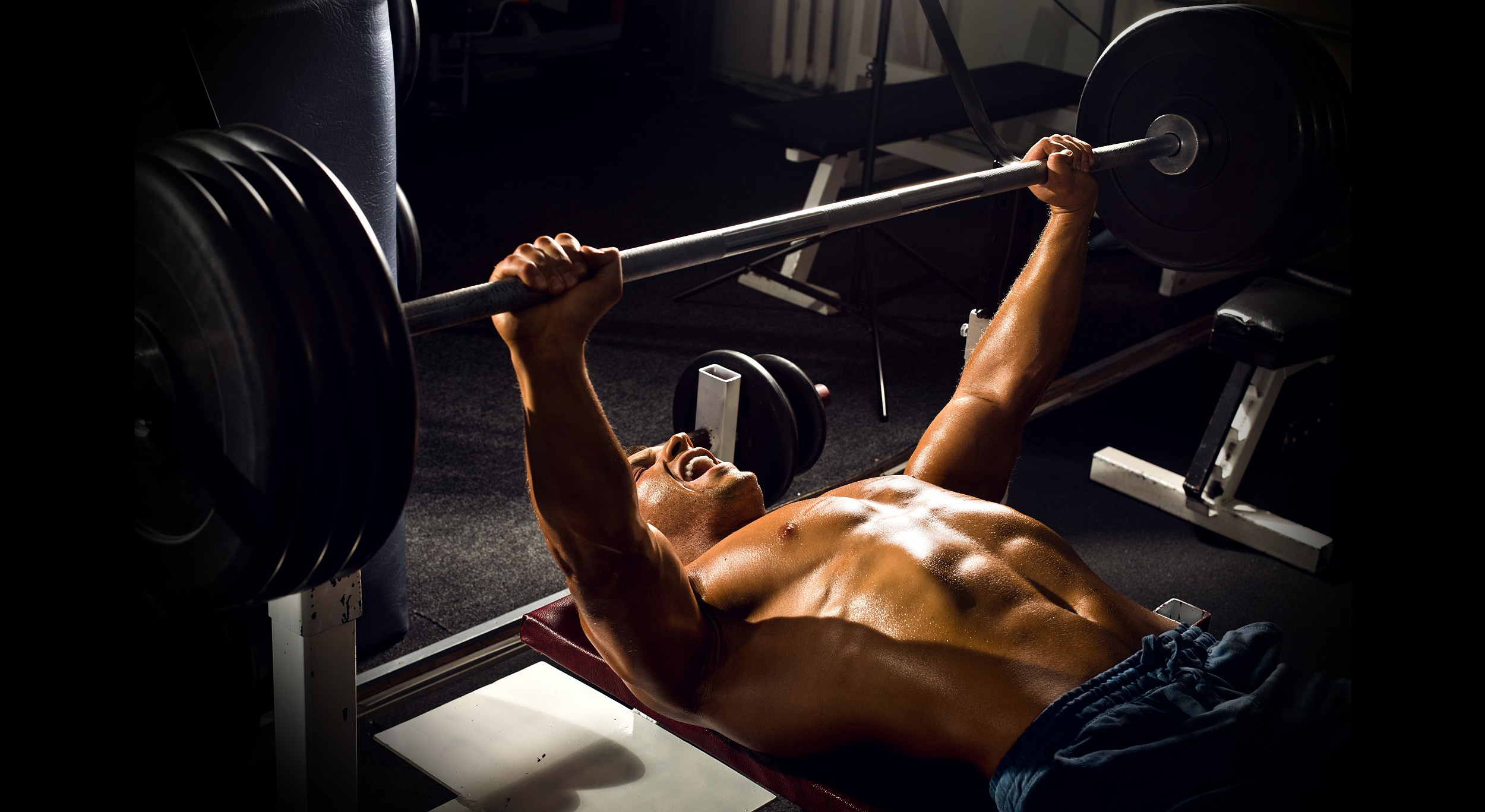Make Ring Pushups and Ring Dips Better with the Inside Out Protocol
Dr. Joel Seedman, Ph.D.
When it comes to building functional strength, hypertrophy, and stability in the upper body, few exercises can beat pushups and dips particularly when performed on suspension training systems such as Olympic rings or TRX straps. With that said I’ve recently been tinkering with a few new methods for improving the effectiveness of ring pushups and ring dips. After a bit of experimentation I’ve found that performing these movements with something I refer to as the “inside out” protocol not only increases the demands of the targeted musculature, it also improves upper body motor control, technique, and movement mechanics. So lets dive in and see exactly what inside out ring pushups and inside out ring dips look like as well as their numerous benefits.
Inside Out Ring Pushups
While visually they look almost identical to traditional ring pushups, the inside out variation involves one significant modification namely the straps will be inside/under and behind the arms as opposed to traditional ring pushups where the straps go over/outside and around the arms. Here’s a video tutorial as demonstrated by one of my awesome bodybuilders Ben Lai.
Although it may appear to be a very small modification, this slight adjustment completely changes the dynamics of the pushup making it exponentially more challenging. In addition it holds 7 unique distinguishing qualities over traditional ring pushups.
1. Unlike traditional ring pushups where the straps are anchored to the outsides of the arms and shoulders, which provides significant support and stability, the inside out protocol provides no such assistance. Essentially the rings end up being free hanging without any bolstering from the straps being anchored against the arms. As a result the level of instability is exponentially more challenging during inside out ring pushups compared to the traditional variation. Besides enhancing joint stability, motor control, and proprioception, this also places enormous tension on the targeted musculature including the chest, triceps, and shoulders.
2. Inside-out ring pushups are perhaps the single most effective pushup I’ve ever used for teaching athletes proper elbow and shoulder positioning. That’s because it’s impossible to over flare the elbows thereby reinforcing proper elbow tuck, lat activation, shoulder depression, and scapular retraction. On the opposite side of the spectrum, for individuals who over-tuck and crowd the shoulders by keeping the elbows too close to the body, this variation also provides an immediate remedy. Simply put, the inside out ring pushup helps the lifter find the perfect shoulder and elbow position that’s not too flared and not overly tucked either.
3. One of the most common complaints about ring pushups is how the straps rub and abrade the arms throughout the set oftentimes leaving rug burn and or skin irritation. Because the straps aren’t anchored against the arms, inside out ring pushups provide an immediate remedy for this quandary.
4. Besides using the straps to provide support fro the upper body, traditional ring pushups also allow the lifter to use the straps for core support as the lifter can essentially lean into the rings thereby eliminating core tension. While this may seem like a favorable scenario for beginner and intermediate lifters, advanced lifters need to learn how to brace the daylights out of their core and abs without any assistance from an external support. The inside-out ring pushups provide this advanced activation pattern as the lifter has nothing to lean or rest against thereby forcing them to use their core, abdominals, and spinal stabilizers to the maximum in order to lock their body into position. This also helps eliminate the common sagging hips and excessive lumbar extension many individuals experience when performing pushups, including during ring variations.
5. Inside out ring pushups literally force the lifter to use very slow and controlled mechanics throughout as any degree of excessive momentum particularly during the eccentric phase of the exercise will literally cause the lifter to crash and burn. To lock the movement in the lifter will essentially be forced to use an eccentric isometric by going slow on the eccentric and pausing in the bottom position before powerfully yet smoothly driving back to the top position.
6. Although ring pushups are notorious for being significantly harder than traditional pushup variations, once you become accustomed to them, the difficulty level tends to drop substantially. Additionally many lifters become efficient at cheating their way through the movement by learning how to rely on the support of the straps against their arms. Inside out ring pushups on the other hand never become easy as they’re literally impossible to cheat no matter how efficient you become at them.
7. Because inside-out ring pushups are exponentially more challenging than traditional ring pushups, most lifters will find that they don’t need additional loading to maximize the effectiveness of the movement. In fact most lifters regardless of how strong they are won’t need more than one plate on their back and for many folks bodyweight will be plenty. If you’re sick of having to load numerous plates and chains on your back to create ample stimulation to the targeted musculature, inside out ring pushups will be a welcome addition to your training routine.
Inside-Out Med Ball Squeeze Pushups on Rings
Besides the many benefits previously highlighted, inside out ring pushups also provide the only known method for performing squeeze pushups on rings. Here’s one of my awesome clients and NPC figure athlete Leslie Petch demonstrating it.
Think of this as similar to a dumbbell squeeze press or plate squeeze press but you’ll be using a medicine ball between the rings and hands as a form of external cueing to force maximal isometric horizontal adduction of the shoulders throughout.
Essentially this requires the athlete to hold an isometric chest fly in the contracted position while performing ring pushups in order to keep the med ball from dropping to the floor. The levels of intramuscular tension and metabolic stress on the pectorals, triceps, and shoulders, is inordinately high.
Fortunately the therapeutic pain is well worth it as this makes for one potent combination for stimulating significant functional strength and hypertrophy in the upper body. As an added bonus these do wonders for reinforcing proper elbow and shoulder positioning at it’s literally impossible to do these with anything but textbook upper body mechanics and glenohumeral joint positioning.
Inside Out Ring Dips
The inside out ring protocol is not only limited to ring pushups. In fact, the same methodology can be just as easily applied to ring dips offering similar benefits to those of the ring pushups.
Just like the inside-out pushups, the inside-out ring dips are significantly more challenging than traditional ring dips since the straps aren’t anchored against the arms for support as they would be during traditional variations. As a result, the level of motor control and muscle activation is substantially higher than witnessed with traditional ring dips. Additionally the hand placement is substantially closer to the torso making these much more joint friendly particularly on the shoulders.
To perform inside out ring pushups simply have the straps of the suspension system or rings behind and inside the arms rather than in front or outside the arms as I show above in the tutorial. Just be prepared for some enormous levels of tension on the pectorals and triceps as the levels of intramuscular tension and metabolic stress are through the roof.
To learn more about programming unique bodyweight movements and chest exercises into your routine check out my Complete Templates program.

















































